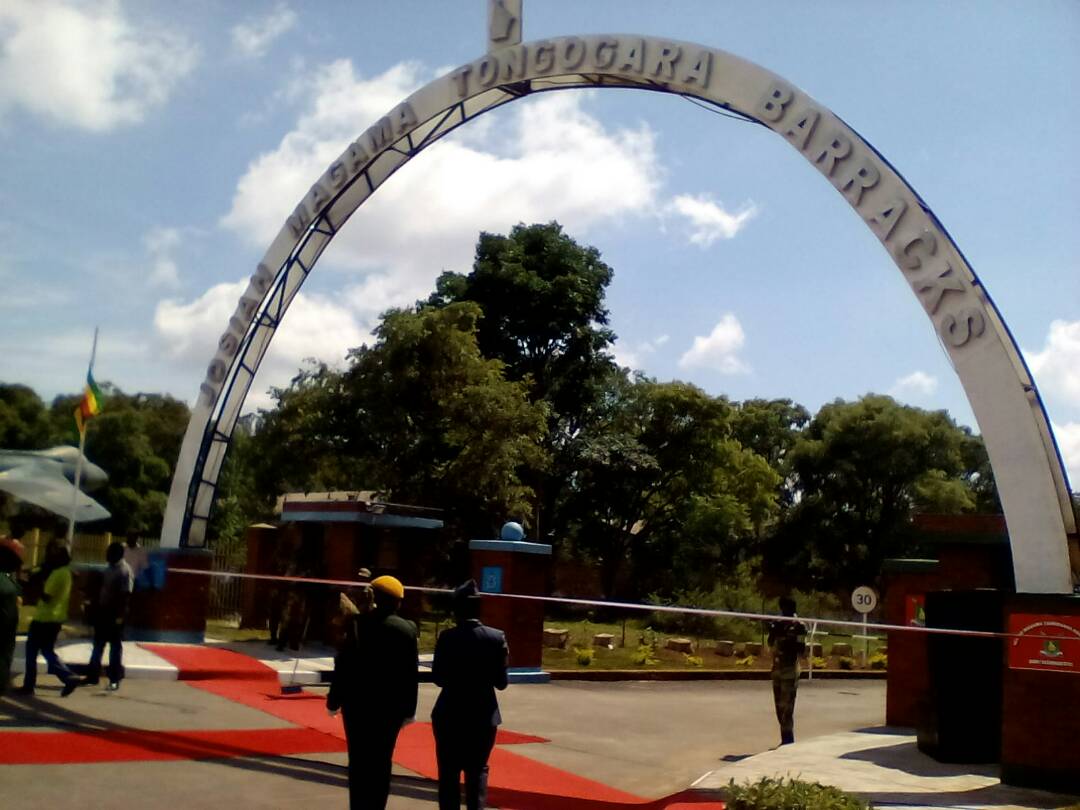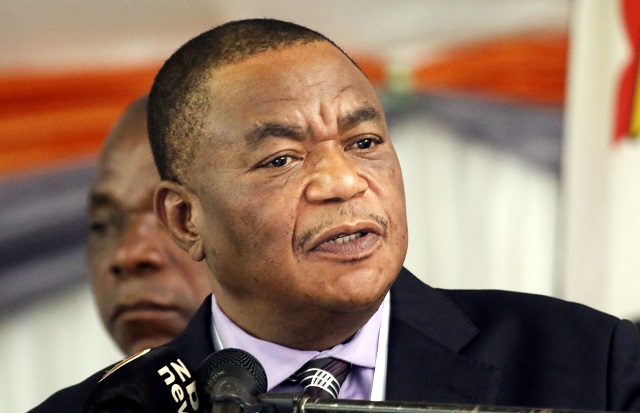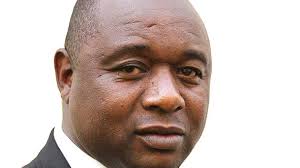BULAWAYO – Cement had not dried on a plaque erected in memory of Gukurahundi victims thrown down mine shafts in Bhalagwe, Kezi, when the monument was desecrated and the plaque stolen in the early hours of Wednesday.
Social justice campaign group Ibhetshu LikaZulu said in a statement: “The Bhalagwe plaque has been stolen again. We hold the state responsible. Justice for Gukurahundi victims will come, we are not surrendering.”
Another plaque installed in September 2019 at the same site was removed during the night and has never been seen again.
MDC Alliance vice president Welshman Ncube and two traditional chiefs – Chief Mathema and Chief Fuyane – participated at the unveiling of the plaque on Tuesday “in memory of tens of thousands of defenceless men, women and children who were thrown to their deaths at Antelope Mine and other disused mines during Gukurahundi genocide, those that lie in mass graves and those that were abducted and forcibly disappeared.”
The plaque added that “the government of Zimbabwe is responsible for these heinous activities” and “we cry for justice.”
Police at a roadblock in Maphisa on Tuesday held up several vehicles driving to the Bhalagwe event for hours, before allowing them to proceed.
Builders worked late into the night securing the plaque in place, but it appears moments after they left, some people arrived to destroy it – and suspicion will fall on state agents as the government continues to suppress discussion on the 1980s mass killings.
The late former president Robert Mugabe signed a pact with North Korea’s founder, Kim Il-sung, to train the infamous Fifth Brigade just months after Zimbabwe gained independence from white minority rule in 1980. Mugabe declared the brigade would be named “Gukurahundi”, which means “the rain that washes away the chaff before the spring rains.” He said it was needed to quell violent internal dissent, but historians say he used it to attack supporters of ZAPU leader Joshua Nkomo with the aim of imposing one-party rule.
Historians estimate that up to 20,000 civilians in the Ndebele minority were killed between 1983 and 1987. Current president Emmerson Mnangagwa was state security minister at the time, and researchers say his intelligence officers identified targets to be killed while he is personally accused of inciting the killings by labelling Mugabe’s rivals “cockroaches.”
Mnangagwa recently said Zimbabweans should freely discuss the massacres, but he has not committed to justice for the victims.
“The perpetrators are very afraid, and you can smell their fear. So afraid that they would desecrate a memorial of people they killed 37 years ago. The people will respond,” said Siphosami Malunga, the executive director of the Open Society Initiative for Southern Africa which has supported research into Gukurahundi.
















